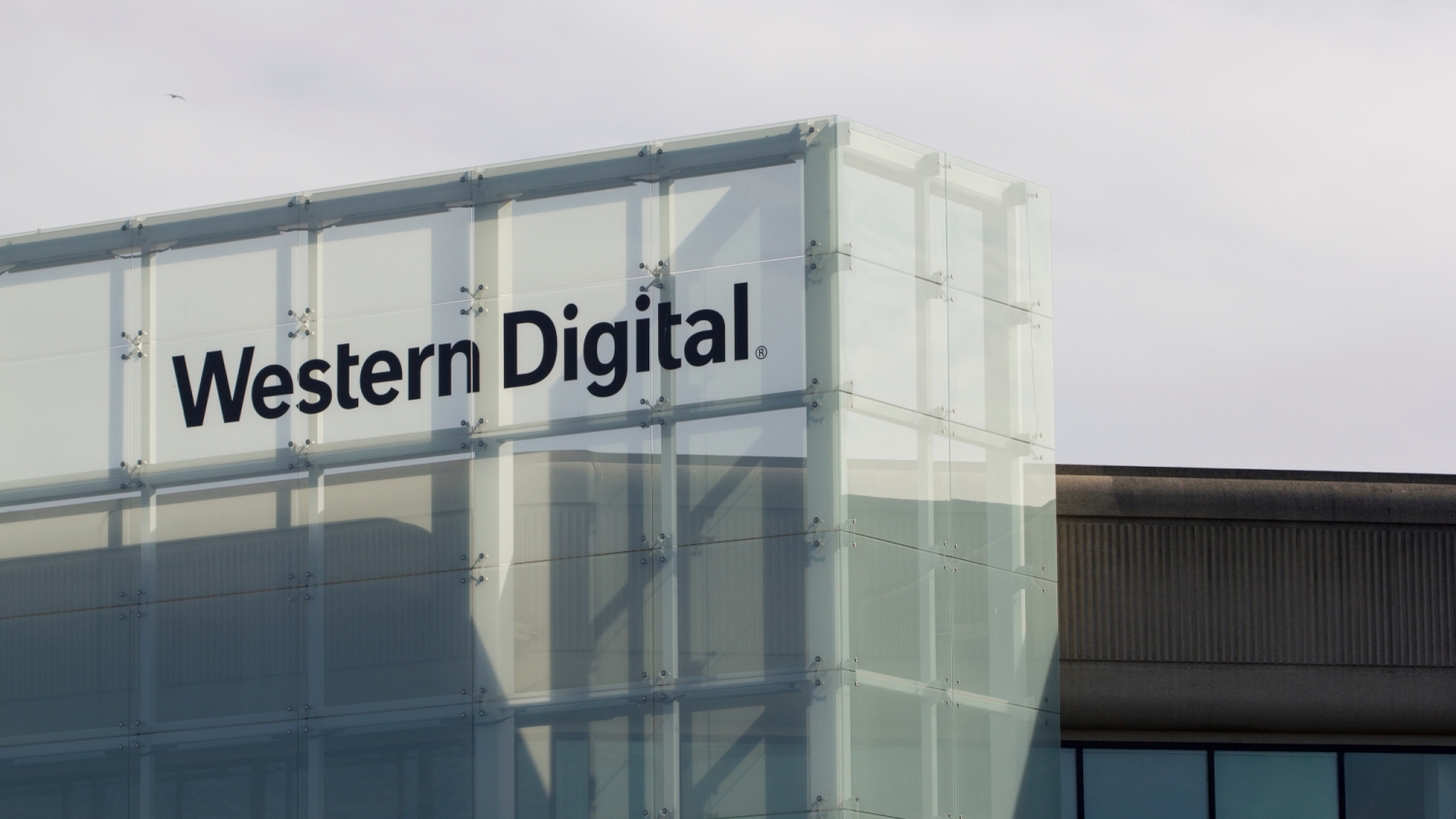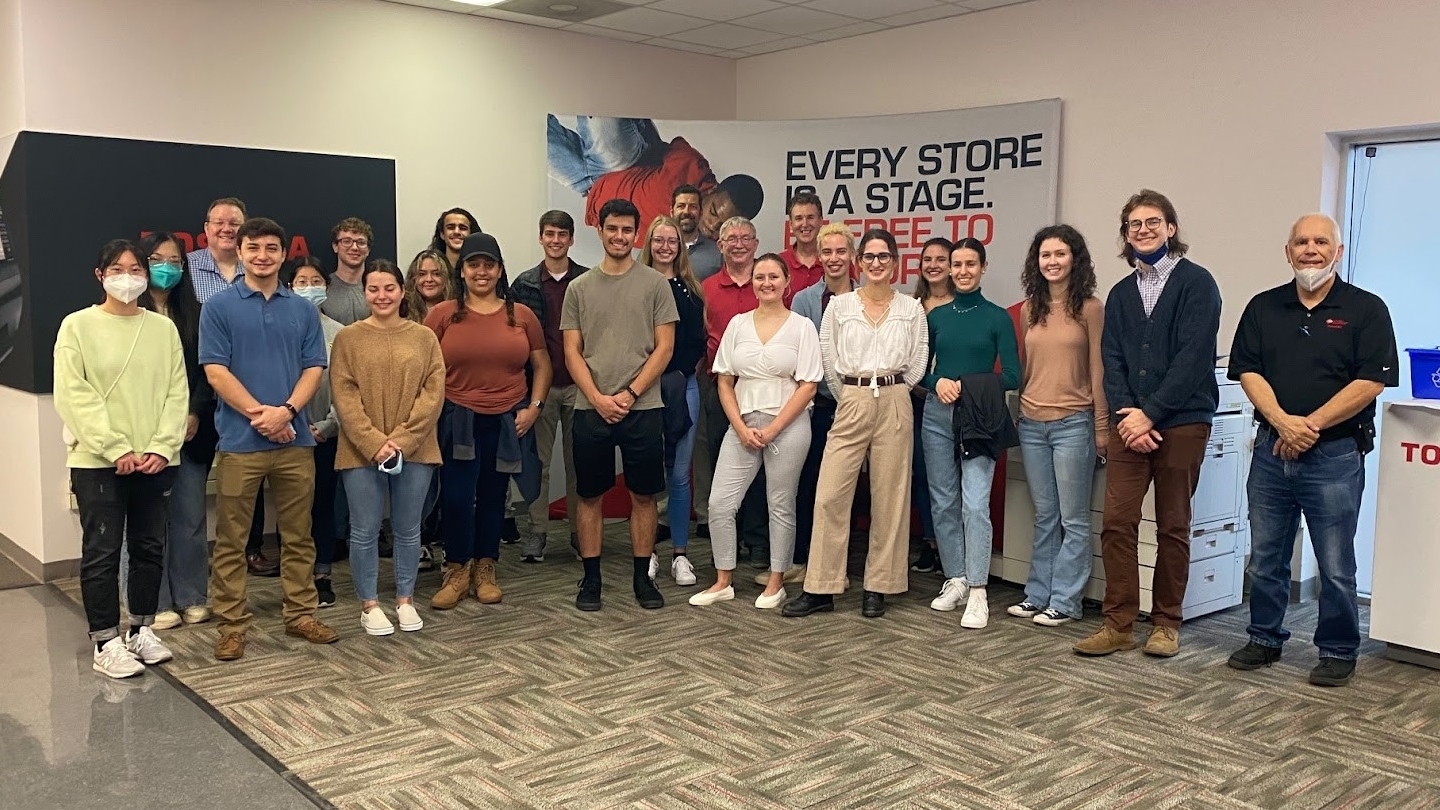Painting Success: How Radhika Date Uses Art to Understand Supply Chain
Throughout her academic career, Radhika Date has learned that industrial engineering is all-encompassing. Date, who hails from Pune, a metropolitan city in the Indian state of Maharashtra, recently graduated from NC State with her master’s degree in industrial engineering. She also completed coursework at the Poole College of Management, including a supply chain practicum course.
“The practicum project was a perfect challenge for Radhika to hone her already-excellent data management skills and develop her experience in problem solving and critical thinking,” says John Zapko, who served as Date’s practicum advisor while she worked on the project with Gilbarco Veeder-Root. “What made her an outstanding student was her quiet leadership. Never one to dominate the conversation or jump at the chance to speak first or aggressively share her opinion, she led by example as she patiently took in all views and then offered her own in a thoughtful and productive manner.”
Prior to coming to NC State, Date earned her bachelor’s degree in instrumentation and control engineering from Maharshi Karve Stree Shikshan Samstha’s (MKSSS) Cummins College of Engineering for Women. She was (and still is) passionate about art, specifically painting, which would later give her the determination to take on a new culture.
After deciding to pursue her master’s degree, she focused on adjusting her mindset to help her navigate the Western world.
An artist’s perspective
In 2019, Date began earning a Master in Industrial Engineering (MIE) degree at NC State.
While some would argue that industrial engineering is a field based entirely in the logic hemisphere of the brain, Date believes creativity has a place in her area of study.
“When I’m doing a particular type of art,” Date says, “I look at it from the point of view of a user and ask myself how the user looks at it. What will make the user feel good? Are there any positive emotions that will be stricken in the minds of the users?”
Date believes art can also help academic and professional institutions examine the perspectives of users, and that looking at problem solving from a holistic point of view is not only important but innovative.
“There’s an incredibly deep connection between industrial engineering and art,” she says. “I’ve been pursuing art since I was in fourth grade; it has taught me perseverance, determination, and the fact that learning never ends and that you have to be the best version of yourself.”
Acclimating to a new world
Studying art at a young age gave Date both the determination to take on a new culture in the United States (US) and helped her to think creatively when being introduced to new ideas in class. Further, art allowed her to exhibit ingenuity in terms of how she approached the material.
“I had to revamp methods,” she says. “I think that was one of my biggest challenges: keeping up with the academic system set up here to ensure I become a fast learner and inculcating adaptability, so I understand the concepts.”
Date explains that she adopted two basic important strategies: the first was to have an open mind. Being receptive to new ideas permitted her to talk to her peers and learn from them. Moreover, embracing the advice from her senior staff and professors helped her understand how one should deal with certain scenarios. Her other approach was continuous self-improvement.
“Whenever someone gives you feedback, you have to take it positively and understand how you can improve,” she says, “and you think about what tools you can instill in yourself to do better than last time.”
Of course, acclimating to the US in general was also a challenge.
“When you’re at home, you’re in a bubble—in your safe zone,” Date says. “[Coming to NC State] was my first-time experience away from home. When you’re at home, you’re used to the city—you’re used to your daily operations. You have your family and friends around you. But when you are here—when you move out into a different region—you must get accustomed to the practices there. You have to try to make new connections, you have to make sure that you’re blending in with that atmosphere, you must be strong mentally and physically.”
And because Date adjusted to the States accordingly, she found herself becoming virtuoso in the area of industrial engineering.
The connection to industrial engineering and supply chain
Date loves industrial engineering because of the broader spectrum of industries that it impacts. By broader spectrum, she means industries in the realm of manufacturing and production, along with industries that supply service (e.g., supermarkets or grocery stores). She describes each of these areas as having shared principles and a similar scope which seeks to solve industry-related issues.
“By shared principles, I mean what industrial engineering and supply chain engineering offers us,” she says, “which is a set of ideas to think on–that helps build our logic and provides us with a set of problem-solving tools to solve industry-related issues.”
Date believes industrial engineering is one of those fields where these problem-solving tools help improve processes, make processes more efficient, reduce waste, and so forth. And when it comes to supply chain, she says that understanding the relationship between demand and supply, and all the elements that come in between, is critical, along with addressing all aspects of those points in said value chain.
“I would say the supply chain is a component of industrial engineering,” Date says. “I mean, we can have a specialization in supply chain, but when we say industrial engineering, it has multiple components in it, [one of them being] supply chain, and another would be process improvement (or process engineering) and then would be quality engineering, along with manufacturing engineering. I think industrial engineering is at the apex and we have these branches beneath it.”
By looking at these areas through an artistic lens, she is able to gain a comprehensive look and interconnectedness of her area of study and gain an insight to their functions.
Future plans
Now that she has graduated, Date plans to one day work for a multinational company and implement her learnings in the domain of industrial engineering operations and supply chain, and Zapko looks forward to what she can bring to the future.
“My hope for Radhika is that she never stops her thirst for learning,” Zapko says. “ As her confidence grows and her skills continue to develop, she will be a very successful professional in whatever field she decides to pursue.”
“I want to make a positive contribution towards the objectives of the company,” she says, “and take what I’ve learned during the course of my last few years and apply it there.”
And as she continues to look forward, Date intends to keep using art as a form of expanding the understanding of her field.
This post was originally published in Supply Chain Resource Cooperative.
- Categories:


